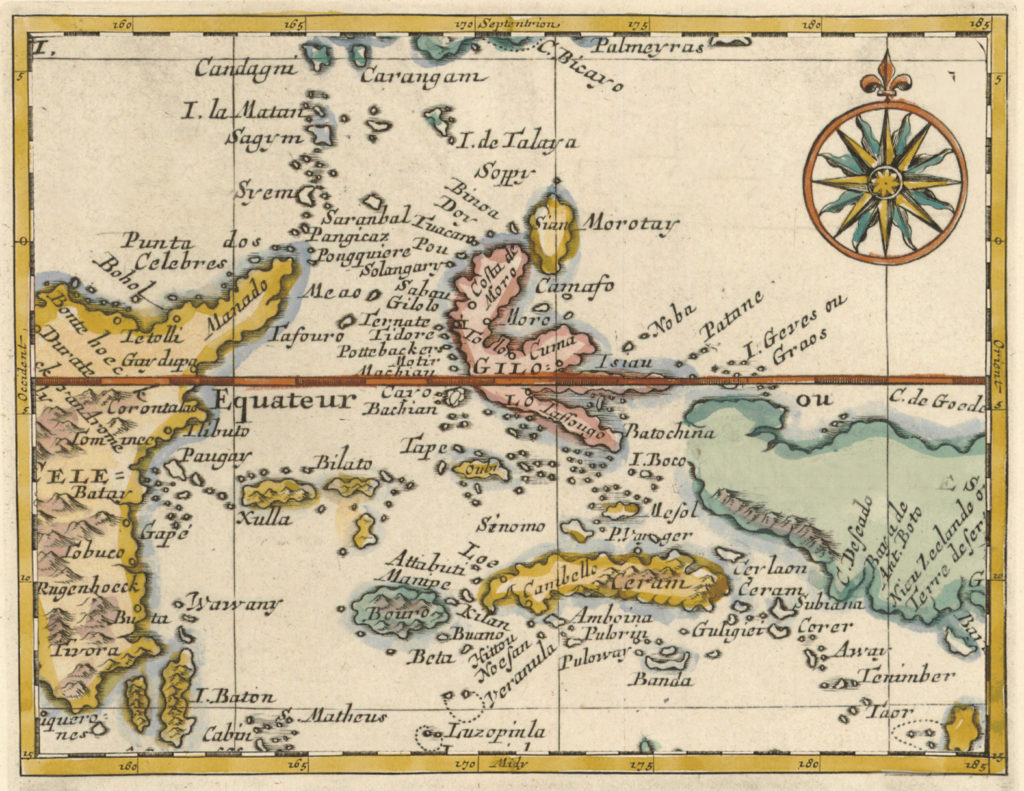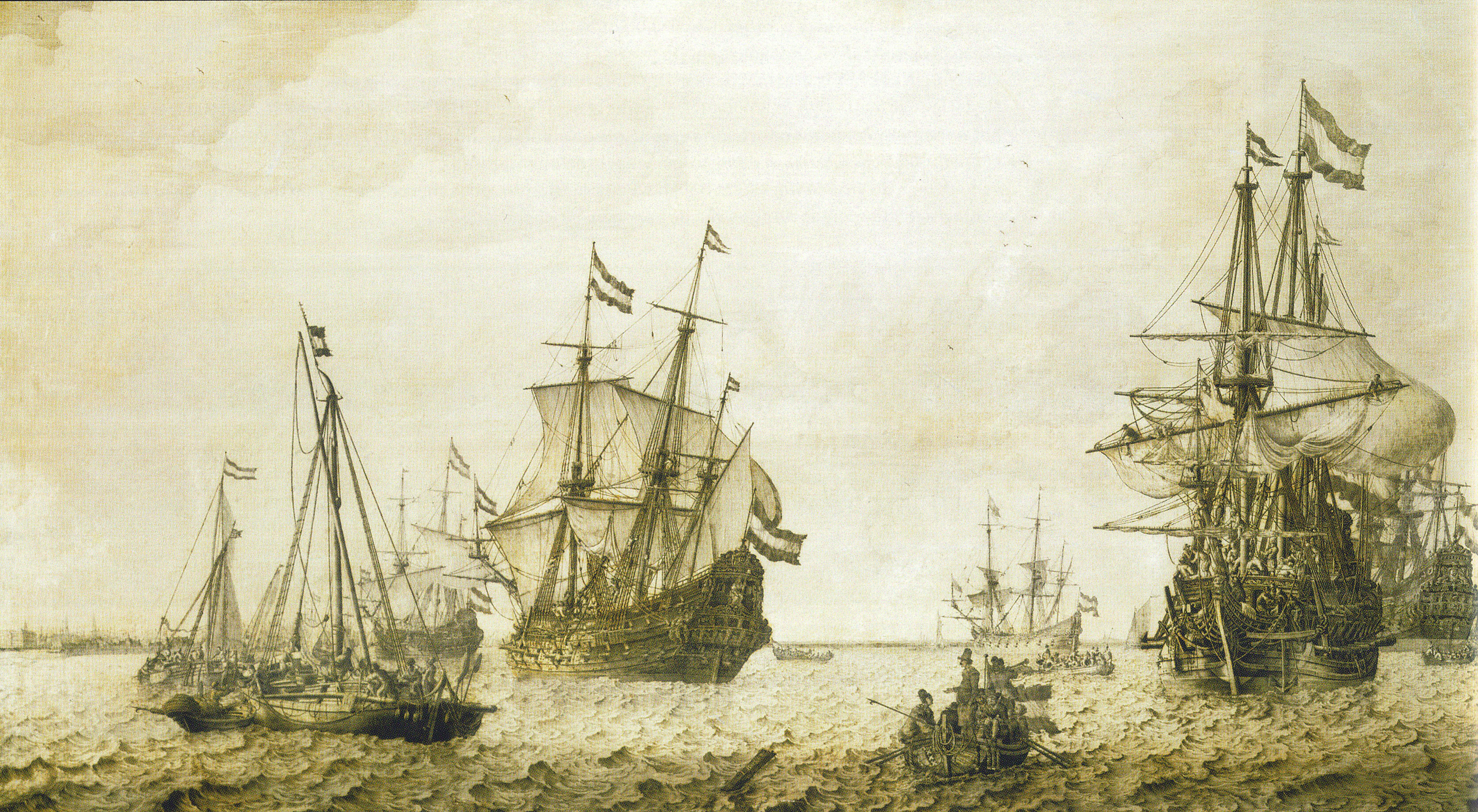The sixteenth and seventeenth centuries were the period when the Barbary corsairs were at their height, pillaging mercilessly throughout the Mediterranean basin and, from the early seventeenth century onwards, out into the Atlantic. They were a major, dominating force, and European sources from the period are full of references to them.
There was, however, a lot more going in during this period than just corsairs. The sixteenth and seventeen centuries are part of what is often referred to as the Early Modern era in Europe, an astonishingly turbulent period that included
- brutal religious conflict, particularly the Reformation (the Protestants schisming off from the Catholic Church) and the Counter-Reformation (the Catholic response)
- the emergence of “natural philosophy,” with men like Francis Bacon, Galileo Galilei, Johannes Kepler, René Descartes, Robert Boyle, Christiaan Huygens, and Isaac Newton all contributing incrementally to the development of what would eventually become science as we now know it today
- the first precursors of limited liability corporations, with chartered companies like the Dutch East India Company, known as the VOC (Verenigde Oost-Indische Compagnie) and the English East India Company and Hudson’s Bay Company coming into existence
- complex and brutal conflicts between and within European nations, including the Eighty Years’ War (the Dutch war for undependence), The Thirty Years’ War, The Franco-Spanish War, The English Civil War, and The Dutch-English Wars—and that’s just the short list
- fantastic discoveries, with European ships crisscrossing the planet, returning after years-long voyages with their holds crammed with exotic merchandise and crews half-dead from disease and hardship
The focus of this blog is, of course, Barbary corsairs. But it’s important not to get so preoccupied with that topic that we forget about the incredible and dramatic array of non-corsair events that also characterized the sixteenth and seventeenth centuries.
Like the spice trade.
Spices such as nutmeg and cloves were fabulously expensive in the sixteenth and seventeenth centuries. Mostly, this was due to scarcity. During the time, they grew only on a single archipelago of small islands in between Indonesia and Papua New Guinea in the Banda Sea, which adjoins the Timor Sea just north of Australia. Aside from the brute scarcity of the supply, the price was also driven up by Europeans’ belief that concoctions made with nutmeg could ward off the plague.
As a result, ten pounds of nutmeg cost one English penny when purchased in the Spice Islands in the Banda Sea. In London markets, that same ten pounds could be sold for £2 10s—that’s 600 pennies. Potential profits like this drew swarms of ambitious (and avaricious) merchants and adventurers to the spice trade.
For centuries, spices from the Islands in the Banda Sea had made their way into Europe via a circuitous land route leading to Constantinople, where Venetian merchants had the European monopoly on buying them. In the fifteenth century, in an attempt to escape this Venetian stranglehold, the Portuguese sent exploratory expeditions sailing down the west coast of Africa, round the Cape of Good Hope, and out into the Indian Ocean. Eventually, they reached the Spice Islands in the Banda Sea. From then on, they could ship spices back directly to Europe, ending the long-standing Venetian monopoly.
It was to find an alternate route to the Spice Islands—also called the East Indies—that Columbus sailed to the New World (so convinced was he that he had, in fact, arrived at the Spice Islands, that he referred to the indigenous inhabitants as ‘Indians,’ a name they have been stuck with ever since). Ferdinand Magellan circumvented the globe in a quest for a more direct route to the Spice Islands. Henry Hudson explored the river that bears his name in pursuit of the same goal. The Lachine Rapids on the shores of Montréal, Québec, Canada, first ‘discovered’ by Jacques Cartier, were so called—“Lachine” is a French rendering of “China”—because Cartier was convinced the Saint Lawrence River was a major waterway leading to the Spice Islands and the fabulous Orient beyond.
The Dutch VOC and the English East India Company were founded explicitly in order to further the spice trade.
All this and more is discussed in a wonderfully interesting book: Nathaniel’s Nutmeg, written by Giles Milton (originally published in 1999).
Nathaniel’s Nutmeg, recounts the story of the spice trade. More specifically, it details the continuing struggles between the English and the Dutch for control of the Spice Islands in the Banda Sea.

It was a struggle the Dutch eventually won—though not entirely. The subtitle of Nathaniel’s Nutmeg is The True and Incredible Adventures of the Spice Trader Who Changed the Course of History. That spice trader was Nathaniel Courthope. His actions changed the course of history because they led, eventually, to a treaty between the English and the Dutch in which it was agreed that, in exchange for relinquishing all claims to the Spice Islands and allowing the Dutch complete control of them, the English received the colony of Nieuw Nederland (New Netherland)—also known as Manhattan Island.
Nathaniel’s Nutmeg is full of enlightening details like this. Plus… it’s a gripping narrative and an interesting, easy read. In part, this is because the author avoids footnotes. This is a drawback—you can’t locate any page numbers for the sources he quotes or paraphrases—but there’s a three-page bibliography listing his sources, so at least you can track down individual works, if not the individual pages, if you’ve a mind to.
Nathaniel’s Nutmeg is great for absorbing the general background of the sixteenth and seventeenth centuries in general and for understanding the pervasive influence the spice trade had on Europe during this period.
And in case you’re wondering… The story of the spice trade does, in fact, connect with Barbary corsairs.
The ships returning from the East Indies, their holds filled with fragrant spices, had to run the corsair gauntlet in order to reach their home ports. Many were large enough, and well armed enough, to be safe. But not all. A spice ship represented an extremely valuable prize, and one corsairs would have been willing to incur considerable risks to capture. Inevitably, some spice ships were picked off—to the dismay and impotent fury of the owners and investors of the captured ship, and to the joy, and considerable enrichment, of the Barbary corsairs.

Corsairs and Captives
Narratives from the Age of the Barbary Pirates
View Amazon listing
The Travels of Reverend Ólafur Egilsson
The story of the Barbary corsair raid on Iceland in 1627
View Amazon listing